Despite all our sea time (Some of which happily comes on company time), we Boating writers are not know-it-all, seen-it-all sages. We’re always happy to pick up tips and ideas from other experienced boaters.
So while I was discussing the trajectories and hydrodynamics involved when a boat runs over a floating object (I’m a laugh riot at cocktail parties) with Sea Ray Boats Vice President Rob Noyes, the seeds of this column were planted. Noyes grew up lobstering on Fishers Island, New York, and in the offhanded manner of those with experience, he proffered his opinion on a boater’s chances of snagging a pot buoy. That commentary resulted in one of the tips that follow. For the rest, I just went boating.
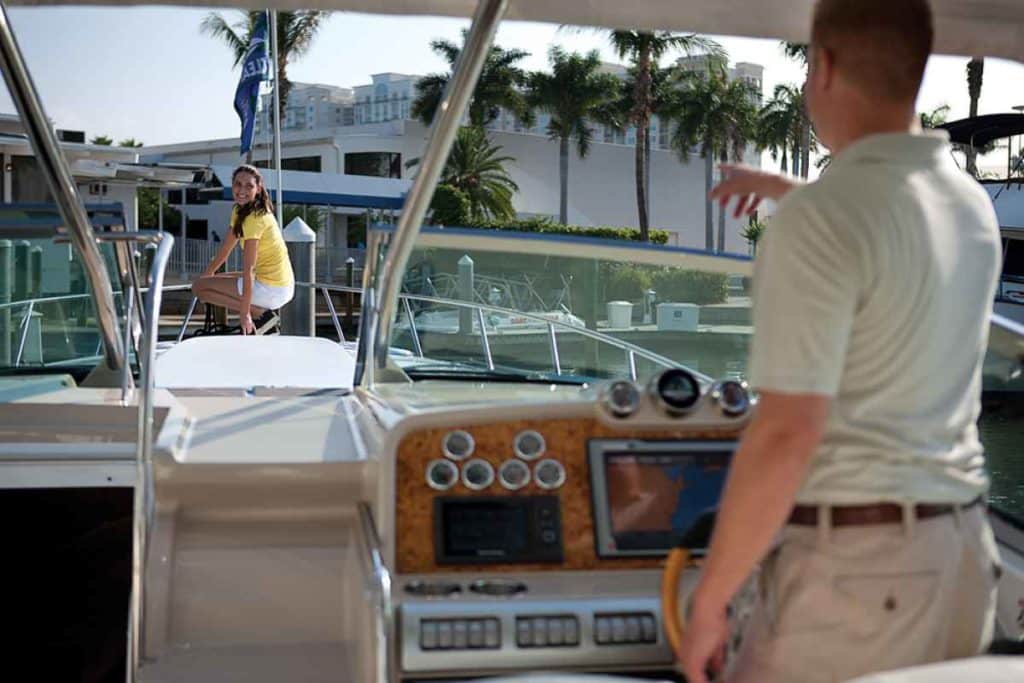
In a cross-current, set up up-current to slide in between the pilings. Boating Magazine
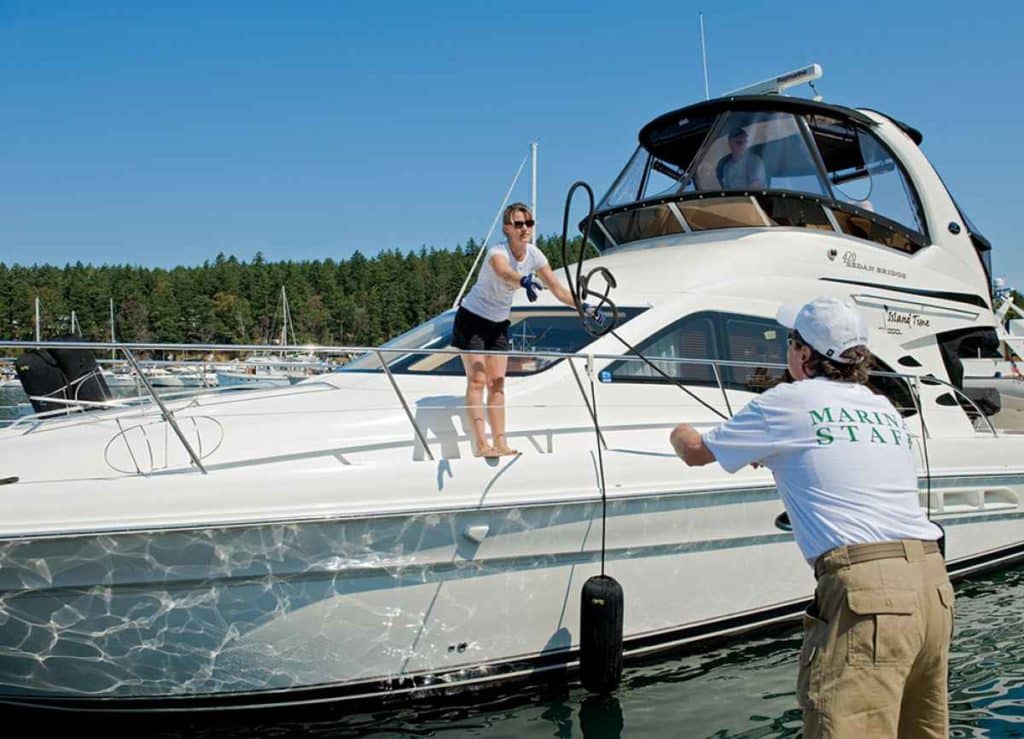
Coming into the current usually provides the most control, though be ready to get a spring line ashore if the wind is stiff and opposing the current. Boating Magazine
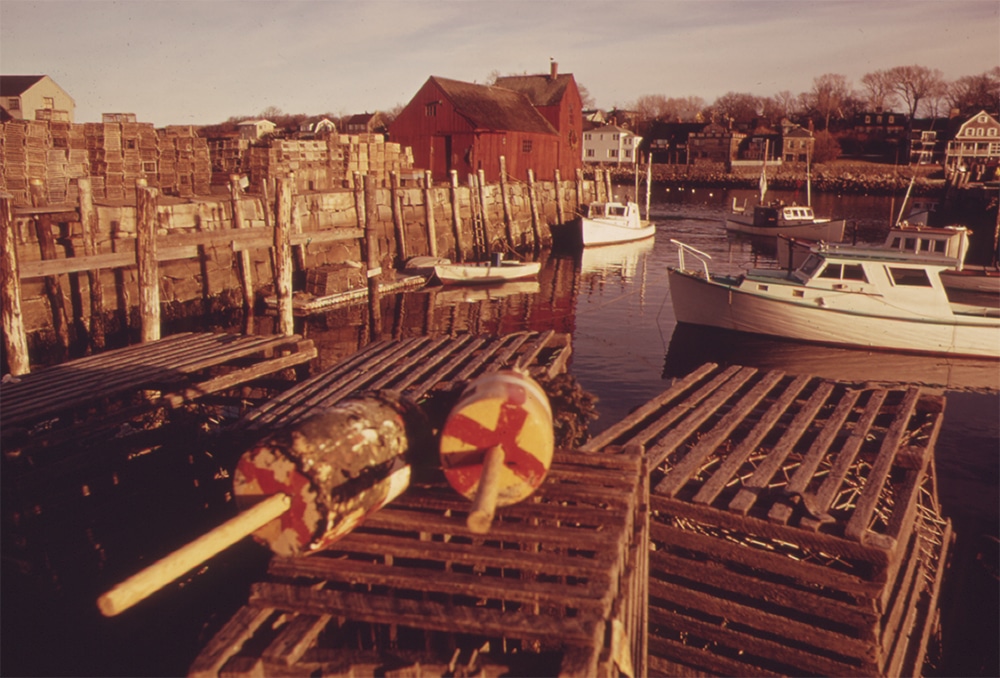
To avoid tangling with the warp (line) of a pot float, run past it on its up-current side. Hope for a good running current-it makes it easier to tell which direction the line from the buoy leads. Slack water is tougher to read. Boating Magazine
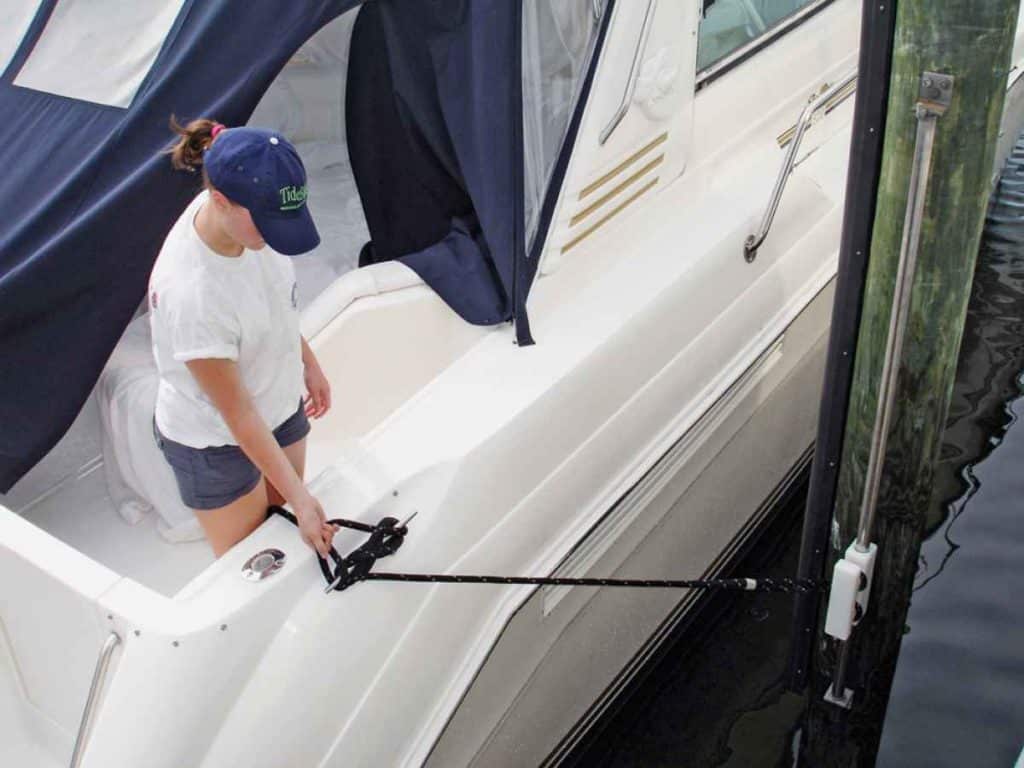
In a cross-current, remove the down-current lines first. On the current side, I release the spring lines first, then I let the stern line go, letting the boat rest against the down-current pole. Finally, remove the bow line and back your boat out. Boating Magazine
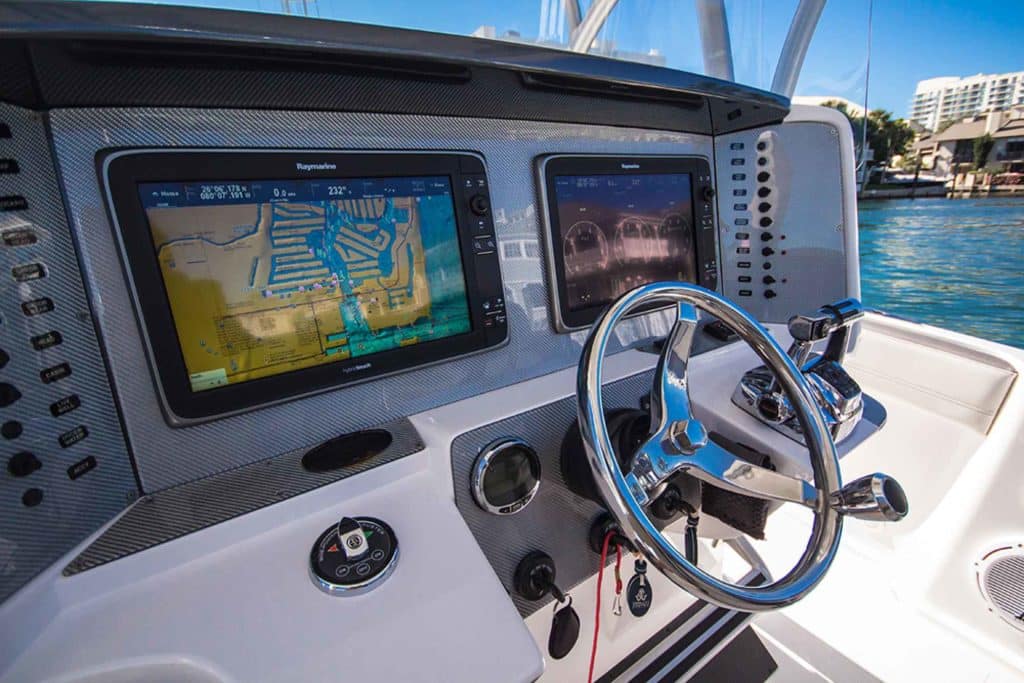
Even with a GPS, point your bow a degree or two up-current of your course. Because a GPS gives you great circle routing, you’ll end up steering a straighter, more fuel-efficient course. Boating Magazine
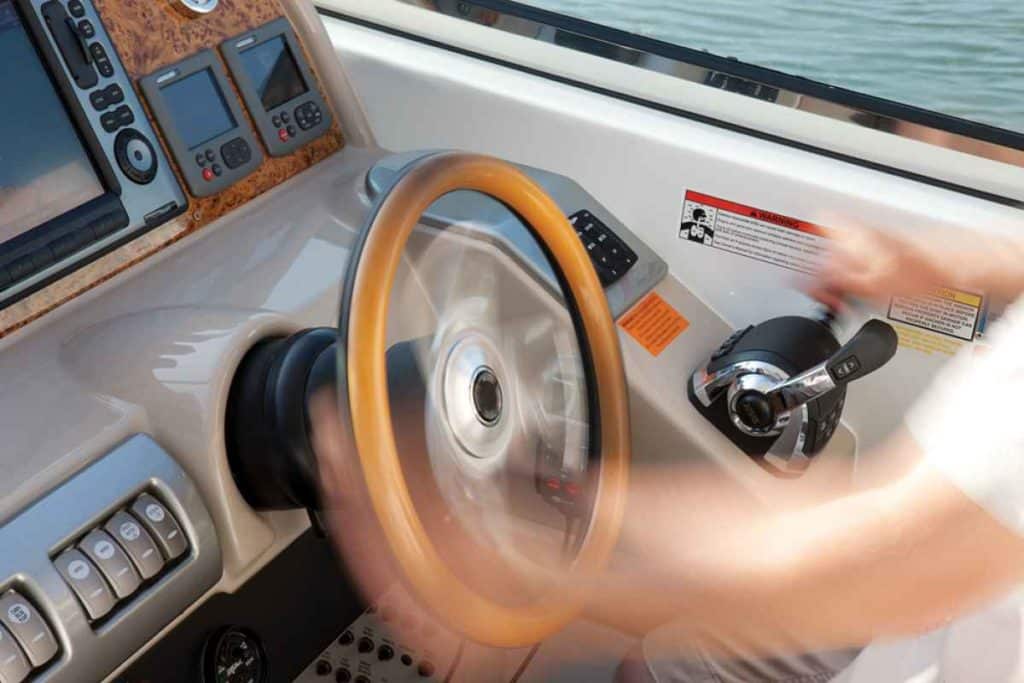
You’ll need to use throttle, so practice backing into a current out in a channel to see how much power you need and how your boat reacts at different levels of thrust. Also, have a spring line cleated off, ready to be taken ashore to hold you, because as soon as you let off the throttle, you’re going to get pushed back out. Boating Magazine
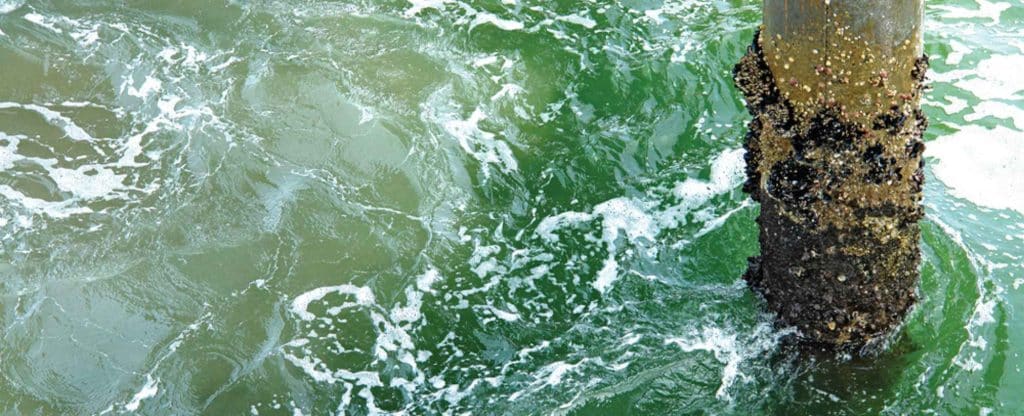
Same as above. Practice “stemming” in open water so you know how your boat reacts. Let off the throttle earlier and be ready with a spring line. Boating Magazine
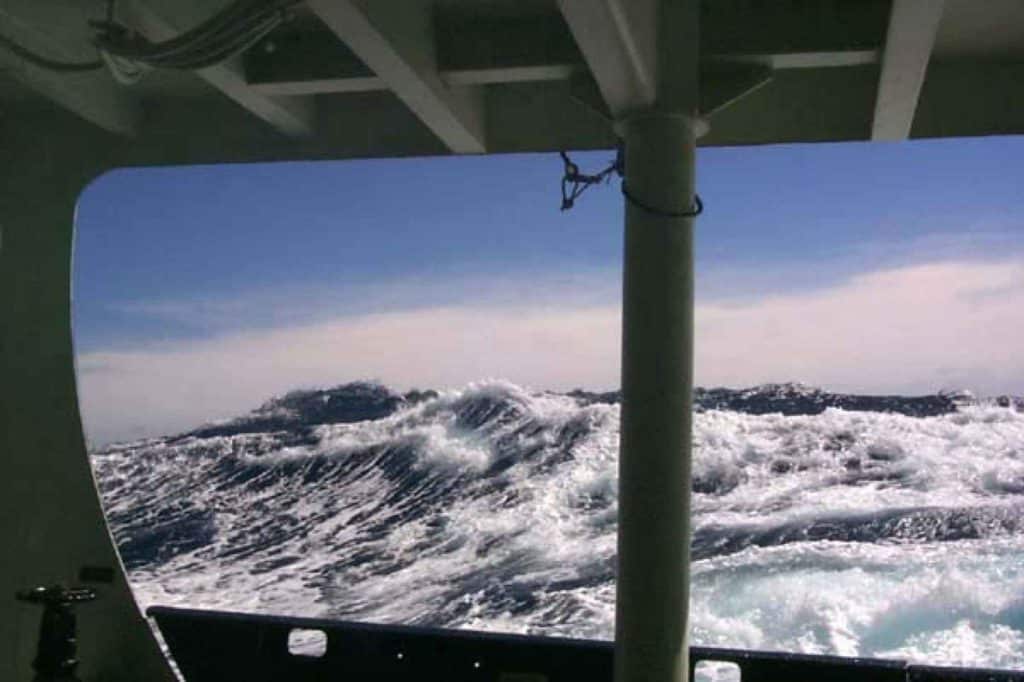
When the current opposes the wind, a rip is created. In a bay it’s a ripple, but in open water rips can be big, steep, close-together waves. Get local knowledge from other boaters or current tables from such references as Eldrige Tide and Pilot. Perhaps rounding the far side of an island is better than taking the shorter course between it and the mainland. Boating Magazine
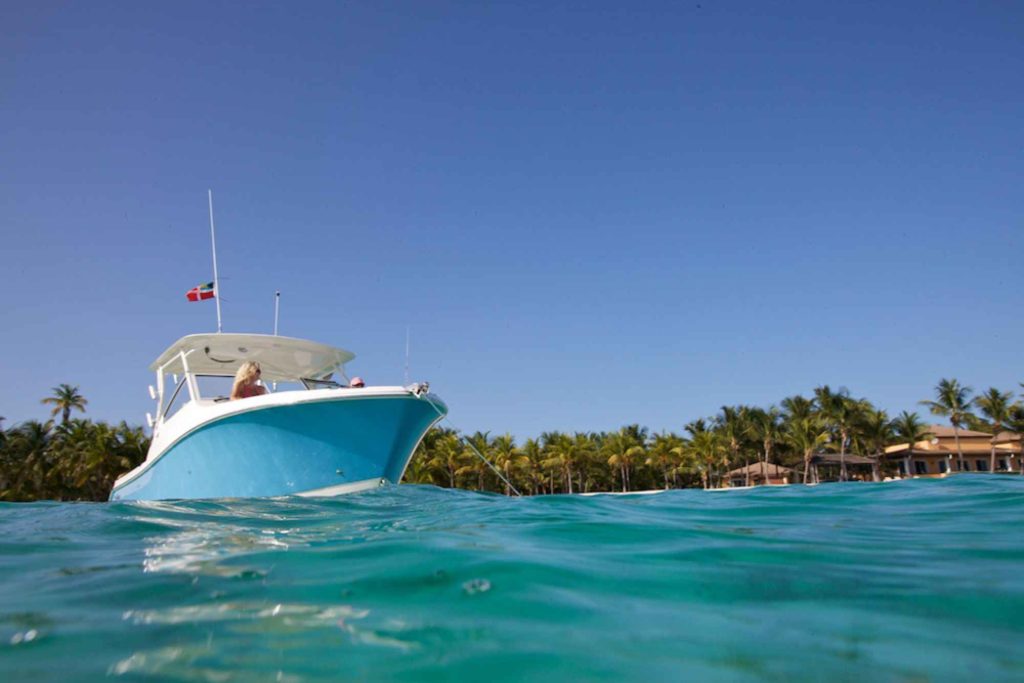
If the wind opposes the current, the rode may end up under the boat when you drop the hook, where it could snag your props. In this situation, drift a bit before dropping anchor to see which way the boat will go. Boating Magazine

Be aware that current continues to flow after the tide has reached its full height or ebb. Current flows fastest near the middle of a tide and peters out following ebb and flood. Boating Magazine









